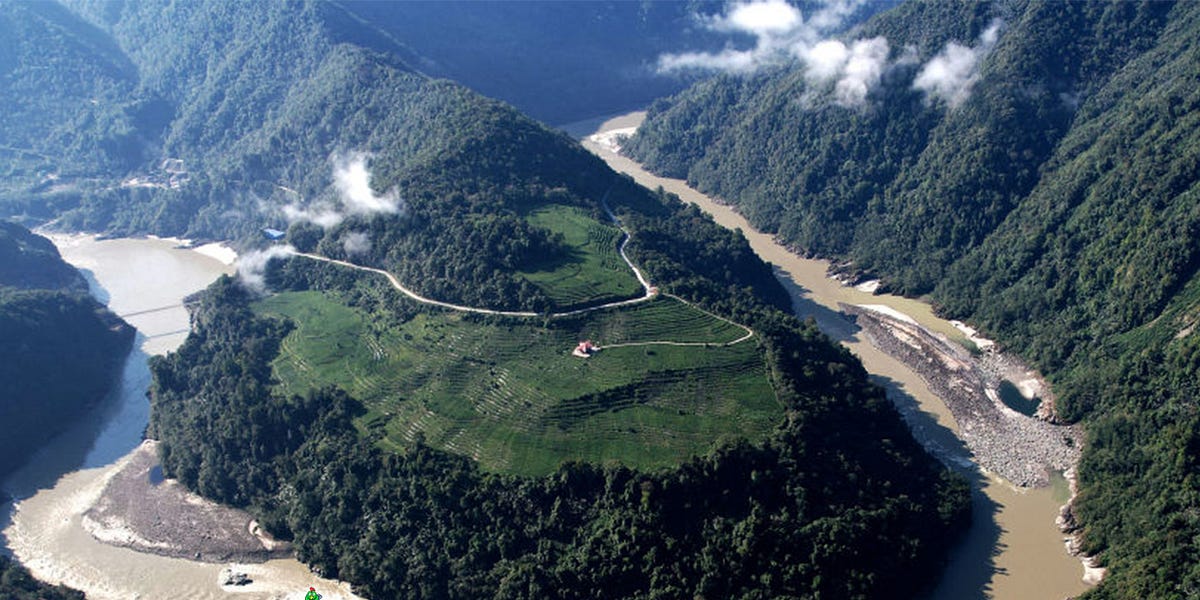Atul Gawande - The Checklist Manifesto
I use checklists extensively and I’ve read about them in Charles T. Munger, Peter D. Kaufman - Poor Charlie’s Almanack. So I was eager to find out if there’s anything I can add to my checklists to make them more useful.
The book describes how planes in the 30s became so complex to fly that pilots had to introduce checklists to prevent crashes. Gawande argues that all industries have reached this level of complexity, necessitating the use of checklists to manage intricate processes and prevent errors.
The main storyline follows Gawande and his colleagues as they successfully introduce a checklist to be used before and after surgeries. This significantly reduces preventable mistakes, such as forgetting to administer antibiotics to patients. An interesting insight is the widespread resistance of professionals to follow a checklist, despite its proven benefits.
Checklists for planes can be of two kinds: do-read and read-do. For a quick double-check after performing an action, you would use do-read. For example, after completing a pre-flight inspection, pilots might use a do-read checklist to ensure they haven’t missed any critical steps. When you want to follow a more complex process (e.g., emergency water landing), you will use read-do to ensure you do all the steps in the right order. This type of checklist guides the user through each step of the process as they perform it.











